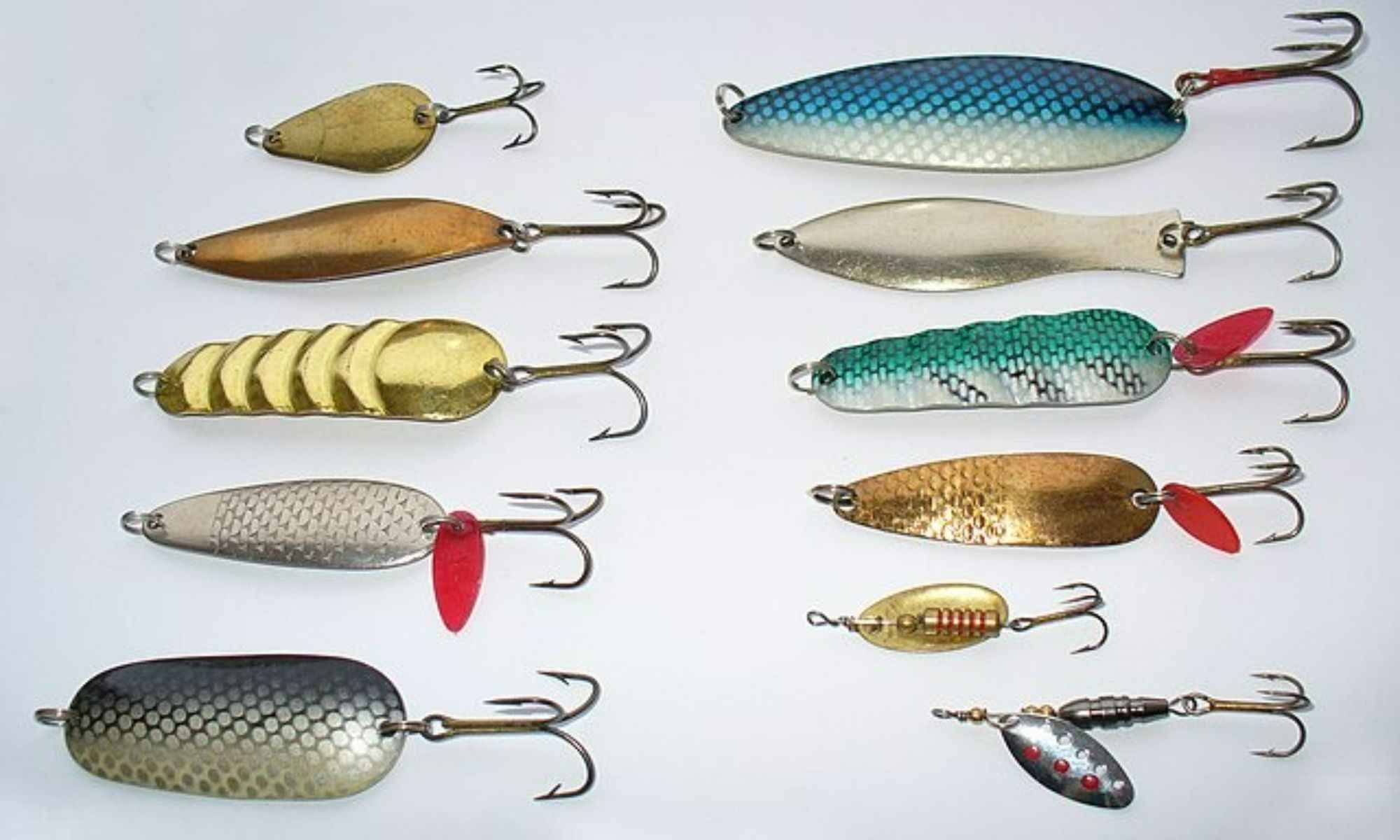Top 5 Most Spoon-Bait Fish
Do you know that you can use "spoons" to catch fish, too? Find out what species work best with this fishing tool.

Some of our favorite and most alluring foods are frequently consumed with spoons. To ensure that we would eat, even when it was something we did not want to, we have constantly been fed with a spoon since we were tiny. It's the same with fishing. With a spoon, many fish that are reluctant to bite can be captured.

The spoon is one of the most often used lures around the globe. No matter where you reside, you can use them all year to capture a variety of species. The presentation of these lures may be changed to attract a certain species of fish, and they are quite simple to use. Spoons are in the tackle boxes of some of the most successful and productive anglers.
1. Northern Pike
The body and head of the northern pike are lengthy, and they have a broad, flat nose that resembles a duck bill. Many razor-sharp teeth, which are constantly being replaced, are mounted on the tongue, gill rakers, roof of the mouth, and jaws. Far back on the body, a single soft-rayed dorsal fin can be seen.

Anglers targeting northern pike have spoons in their tackle box as a standard item. Northern pike are attracted to the pike spoons' wobbling motion as they pass by. An old favorite among pike anglers, spoons are known for their simplicity, durability, and effectiveness.
2. Largemouth Bass
The largemouth bass belongs to the Centrarchidae family of sunfish, which not all fish that go by the name "bass" do. Originally restricted to the Eastern United States, largemouth bass have been successfully exported and populated, making them one of the most widely dispersed species in the world. This is due to their popularity as sport fish and their capacity to survive in various conditions.
Spoons are a criminally undervalued lure in the fall when bass are offshore and eating on shad. Throwing spoons for bass is another certain way to reel them in all fall long, although swimbaits and other shad imitation frequently rule the fall bass fishing scene. Your best options are the vertical jigging spoon and the flutter spoon, but each has a specific purpose. If you know what you're doing, either jigging spoons for bass or flutter spoons will fill the boat.
3. Walleye
The walleye is a slim fish with spiky rays and two distinct dorsal fins. The upper jaw almost reaches the outer corner of the eye, indicating a wide mouth. Strong teeth are present on the jaws and the roof of the mouth. The bone has a saw-toothed edge on the back just in front of the gill cover. It has a forked tail. The sides and back have an olive or yellowish-brown color with darker spots and mottling. The stomach is white. The dorsal fins are divided into two parts. The black streaks and blotches on the spinous dorsal fin are prominent around the bases of the last few spines. This nocturnal fish has highly reflective eyes.
Flutter spoons are a prevalent tactic for walleye during the ice fishing season, but they are also very successful in open water. While assisting anglers in covering water, spoons give an activity that is impossible to resist. Spooning for them is a common choice among anglers wherever walleye are present because of these two fundamental characteristics.
4. Muskies
A game fish that lives in freshwater is the muskellunge or muskie. It is the Esox (Pike) family's largest member. In Canada, the muskellunge is sometimes known as a muskie or a maskinonge. Eastern and northern North America are its natural habitats. Other American states have received muskie introductions. Muskellunge are rarely found in large numbers in lakes. Large, solitary apex predators require a lot of water to satiate their appetites. The carnivorous muskies consume other fish. They are ambush feeders, and anything moving in or on the water will draw their attention and attack.

One benefit of using spoons to catch muskies or pike is that they are drawn to them primarily for sight and sound/vibration. The visual requirements are addressed by a variety of colors and designs combined with the metallic underside, while the audio features are determined by size, shape, and retrieval speed. Retrieve speed is sometimes disregarded. Each spoon has a unique ideal retrieve speed. Spoons are made to sway back and forth without entirely tipping over. A spoon turning over indicates excessive speed.
5. Trout
The appearance of each trout species and subspecies varies slightly from the previous one. But all the different species have elongated bodies frequently covered with tiny dots. They can be anywhere from dark brown to silver in color, and many of them also have pink, red, or yellow undertones.
Trout fishing with spoons seems like a relic of the past. The truth is that this technique is still deadly today, just as it was before. Only a few lures can be cast as far or as well as a spoon. Fishing for trout with a spoon doesn't have to be challenging. You throw the line out, wait a short while for it to sink, and then reel it in. Chubs and shiners begin to spawn in streams across the nation in April, and the biggest trout in the system eat them.



